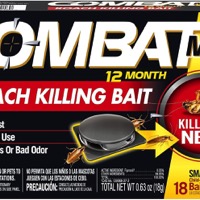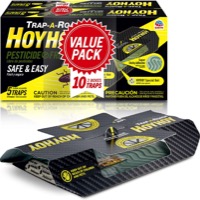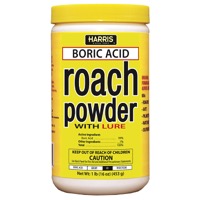Tackling Cockroach Infestations
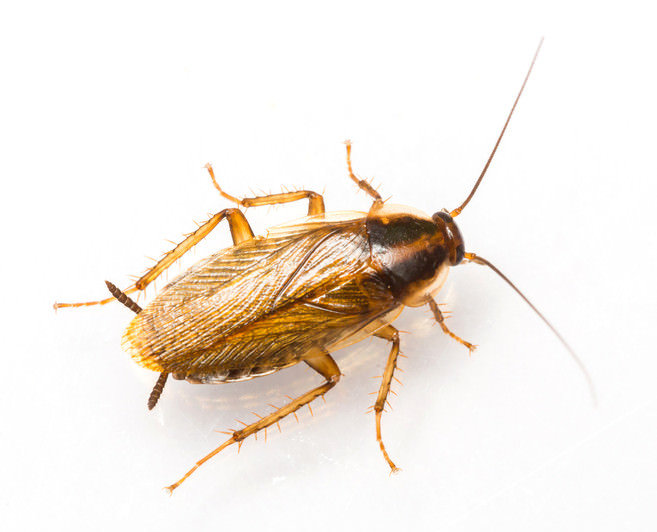
By Craig Basset, Expert Reviewer for Repellent Guide
published: Aug 01, 2017 | updated: Aug 01, 2017
Cockroaches have a well-deserved reputation for being difficult to exterminate, but there are several natural and commercial products that you can use to deal with an infestation. However, before you can get started on an extermination routine, you will first need to be able to conclusively identify exactly what type of bug is in your home. It is also vital to understand what the risks are of allowing cockroaches to take up residence on your property.
How to Identify Roach Droppings
If you find what appears to be pepper or coffee grounds in an area where neither of these food items could possibly be, then you are most likely looking at the tell-tale sign of a cockroach infestation: feces. You might also discover black or brown cylindrical droppings if the cockroaches have grown large enough.
Cockroach poop must be dealt with in a quick and sanitary manner because it can cause asthma attacks. Make sure that you thoroughly vacuum the affected area, and also clean everything with soap and water.
What Type of Cockroach Has Infested Your Home?
There are at least 4,000 cockroach species worldwide. Approximately 70 of them are known to reside throughout the U.S., so it might be difficult to figure out exactly what type of cockroach is in your home. Some of the most common types include the German, American, Oriental and Brownbanded cockroaches. Some people also believe that white or albino roaches are a unique species, but this is actually a growth stage that every cockroach goes through.
German
This particular species is the most prevalent throughout the U.S., and it prefers humid and warm locations. You can identify a German cockroach by its oval body shape, antenna, six legs, dark back stripes and tan or light brown appearance.
American
The American species is the largest indoor cockroach in the U.S., and it prefers to reside in basements and sewers. Easily identifiable by the figure eight pattern on the back of its head, this large roach is also reddish-brown and prefers temperatures near 70 degrees.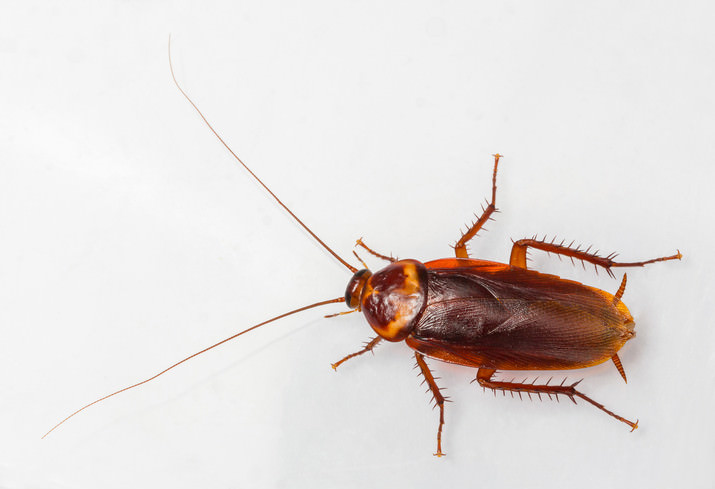
Oriental
These roaches are known for their strong odor. They are also sometimes referred to as water bugs because they most commonly enter a home through a drain. Oriental roaches are shiny, large and darkly colored, and you can expect to find them in crawl spaces and basements.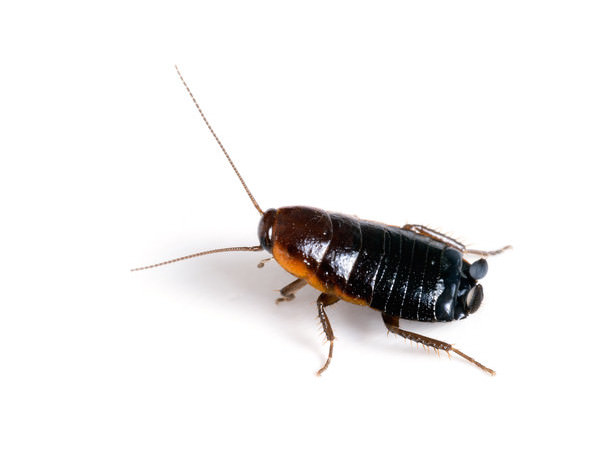
Brownbanded
This adventurous cockroach likes to climb much higher than the other roaches on this list. They are typically found in cupboards or cabinets and can be easily identified by the two light bands that go across their brown wings.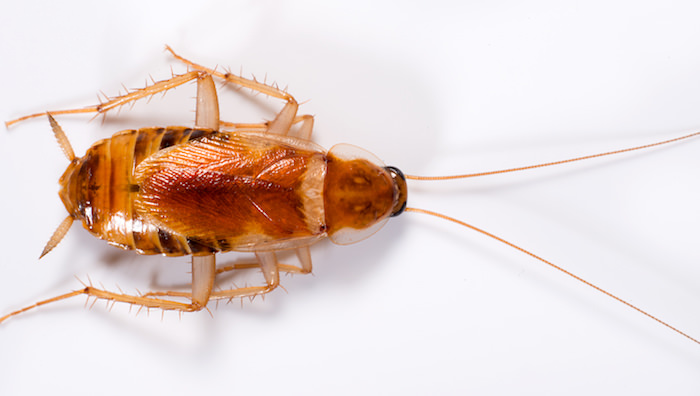
Health Complications Associated with Cockroaches
The previously mentioned asthma attacks are the most common health issue caused by roaches. However, in some instances, these pests might bite humans. When this happens, the afflicted individual could suffer from swelling, lesions, irritation and even infections.
Cockroaches are also known for being dirty, and they have the potential to spread pathogens, parasitic worms and bacteria. There have been several reported instances of roaches passing Salmonella and E. coli to humans, which can lead to gastroenteritis. In rare instances, these issues could become so severe that the sufferer will require hospitalization.
Preventing Cockroaches
The best way to prevent a cockroach infestation from occurring is to keep your home and yard clean and free of clutter. You can also plant natural roach repellent such as catnip outside your house to make your property less attractive. Ultimately, your level of cleanliness will have a major impact on whether or not you develop a cockroach problem. However, you can also get roaches from close neighbors or by bringing their eggs into your home on the bottom of your shoes or in a box.
Exterminating Cockroaches
After you have identified the bugs in your home as cockroaches, you will need to kick into high gear to eliminate them before they get out of control. Keep in mind that each female can produce up to 240 new roaches during their lifetime, so it does not take much for a single sighting to turn into a huge infestation. The baby cockroaches, also known as nymphs, will be born in approximately 24 days. Due to, time is not on your side, but you can exterminate your unwelcome house guests by following a few simple steps.
Clean Everything
You must thoroughly clean your entire house from top to bottom. Vacuum carefully and use soap and water everywhere. Make sure your food is sealed tightly in plastic containers so that the roaches will be deprived of an easy sustenance source.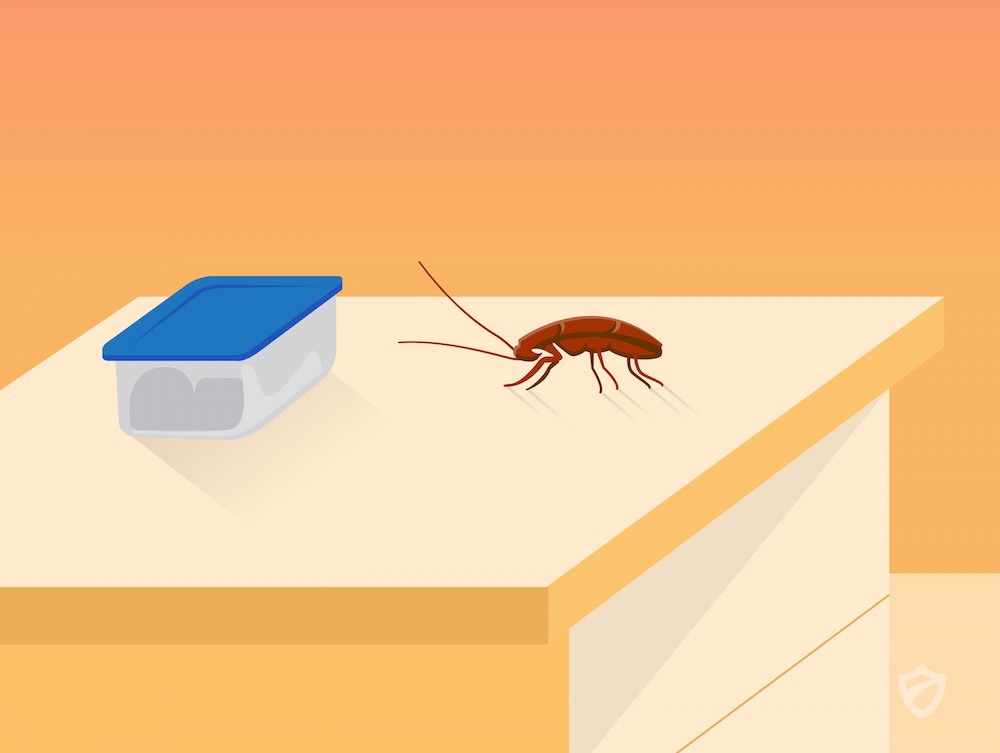
Prevent Easy Accessibility
Cockroaches will travel through your walls from one room to another. To stop them in their tracks, plug holes with steel wool and use caulk to seal any cracks.
Kill the Visible Roaches
No matter what you may have heard, you can kill cockroaches. Either use commercially available glue traps or create a natural extermination tool by putting soapy water into a spray bottle. Simply spray each roach you see, and the soap will kill them. Always clean up and dispose of the bodies quickly.
Attack their Hiding Spots
Boric acid can be put on top of your cupboards to kill roaches, but never put this toxic substance inside a cupboard or on the ground level. Instead, you can put the non-toxic, food grade diatomaceous earth inside your light switch covers and electrical outlets to kill the roaches in your walls.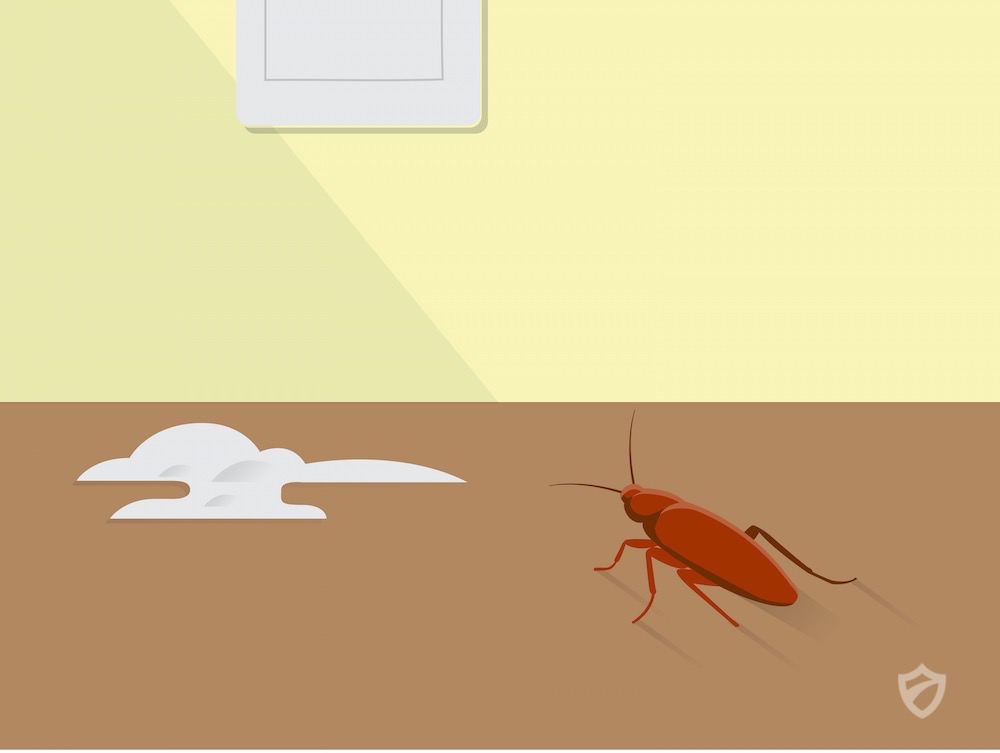 Common kitchen hiding spots
Common kitchen hiding spots
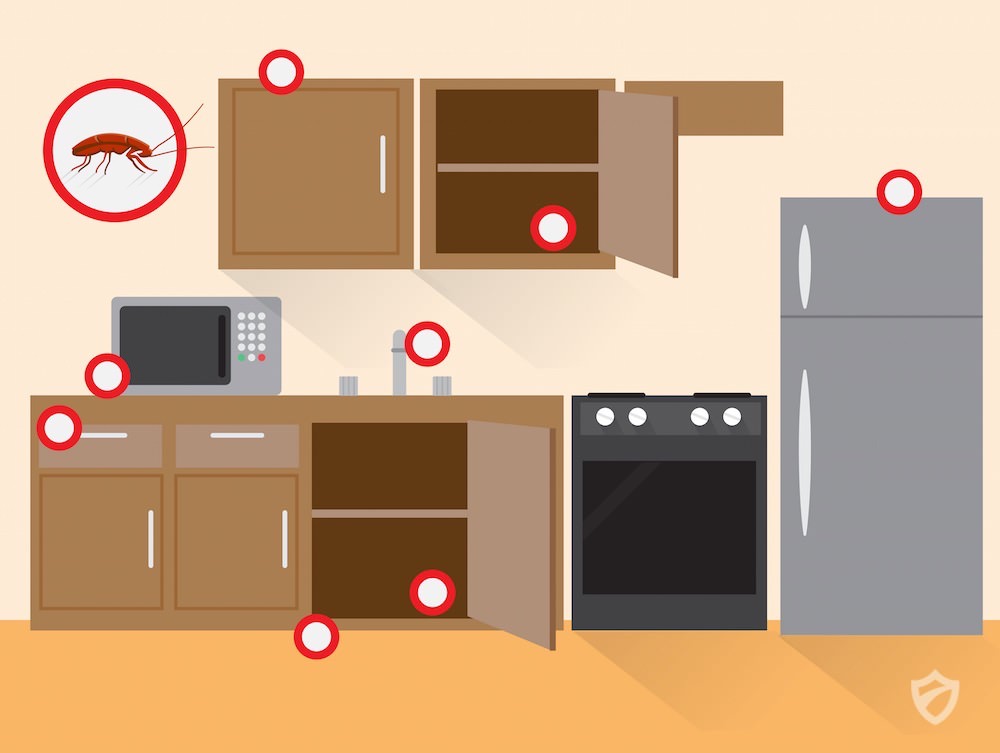 Cockroach bathroom Hiding Spots
Cockroach bathroom Hiding Spots
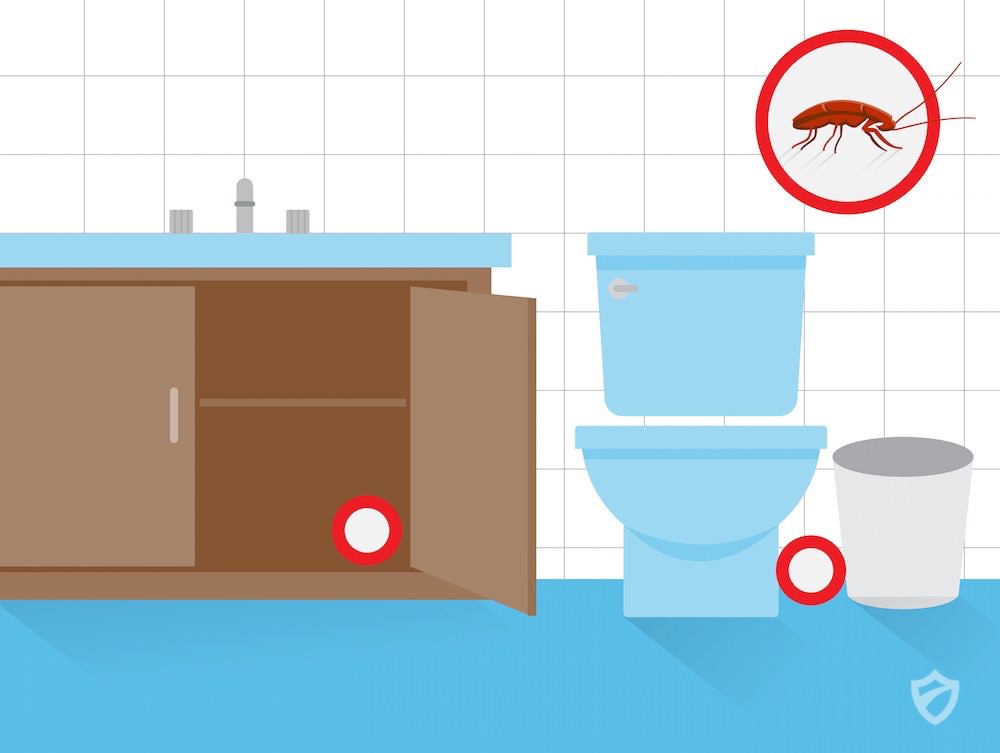
Make the Roaches Sterile
You may not be able to kill every single roach, but you can sterilize the young nymphs to prevent them from producing more offspring. Use hydroprene to make this happen. Eventually, the life cycle of every existing roach will end, and the last remaining portion of the infestation will be gone.
As you can see, it is possible to tackle a cockroach infestation, but it will take time and patience. If the situation is really bad, you can spread roach poison around the exterior of your home. Products such as Suspend work very well, but they can also be toxic to other species. Therefore, poison should only be used as a last resort, and never bring it indoors.


